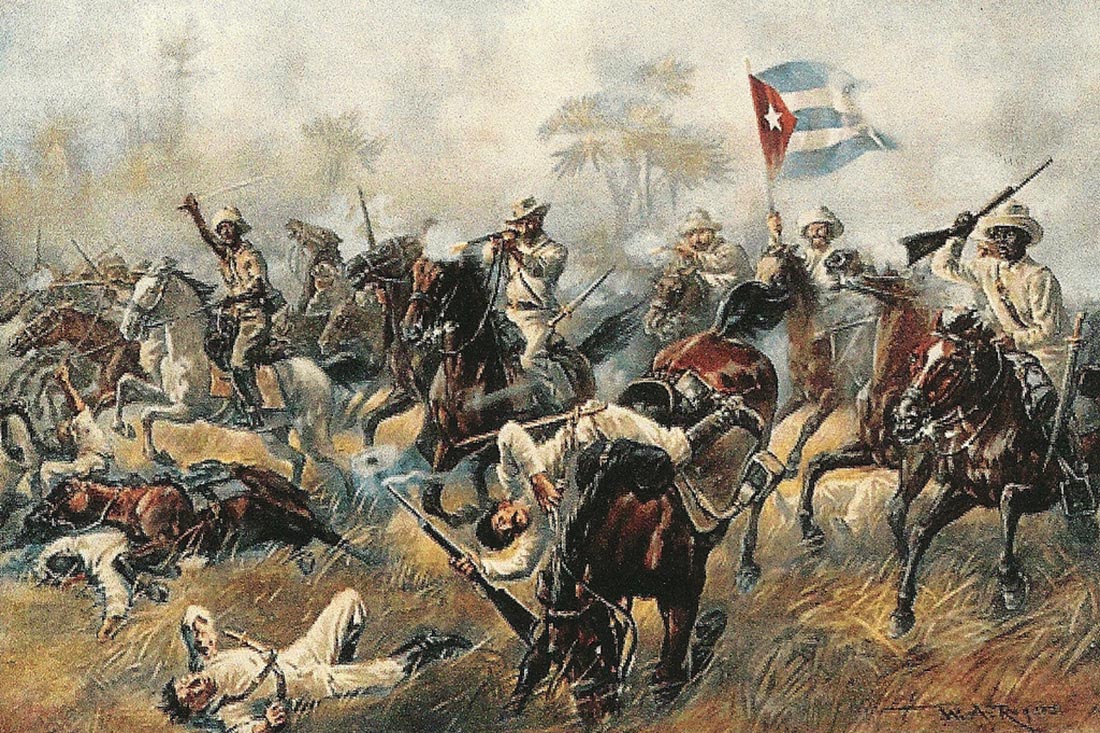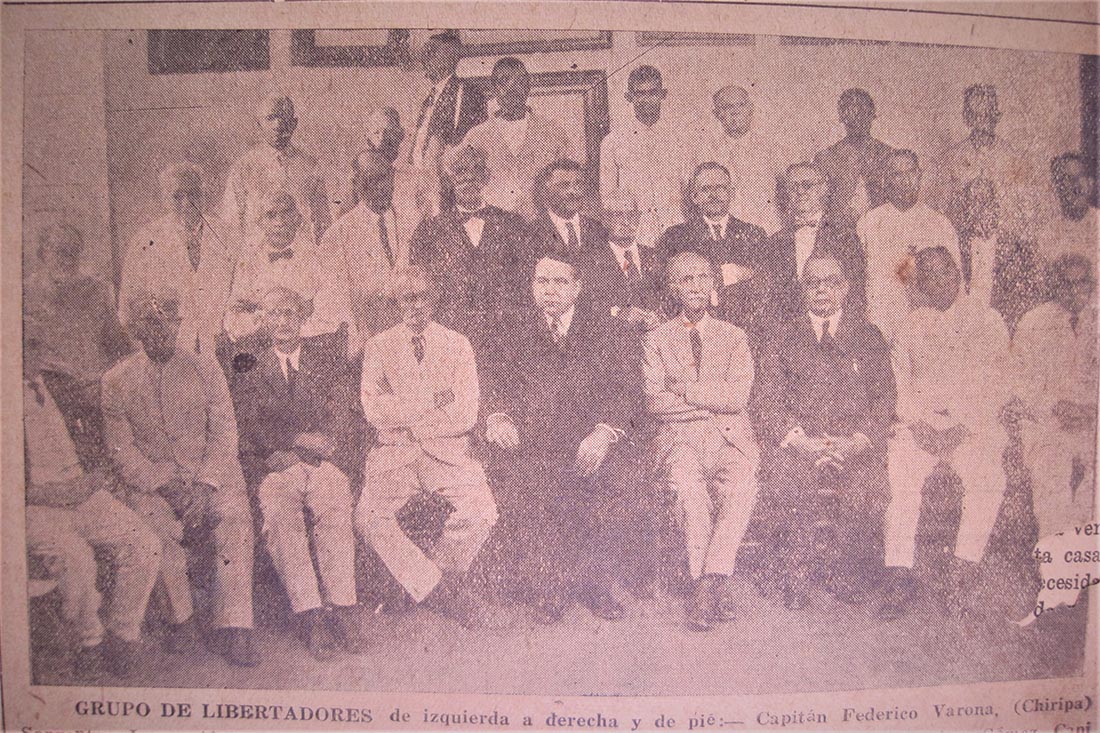On October 10th, 1895, the Third Corps of Camagüey was handed over to José Ma. Rodríguez (Mayía). General in Chief Máximo Gómez appointed him chief of his General Staff. José Martí called him “The most virtuous of companions.”
Mayía was born on June 13th, 1849, in Santiago de Cuba. He participated in the Ten Years’ War and was one of the organizers of the Little War, although he was unable to participate. He was arrested in March 1879 and sent prisoner to the castle of Mahon, Spain. He also stood out in the War of 95.
At the head of two cavalry regiments he gave cover to the invading column commanded by Major General Antonio Maceo Grajales, when it crossed the province.
Other tasks
José María was also appointed head of the Fifth Corps. He arrived in Havana after battles and setbacks on July 22nd, 1897. He was among the nine generals invited by the North American inspectors to the ceremony of change of powers on January 1st, 1899. When he graduated, on June 1st of that same year, he held the position of director of the House of Charity and Maternity. He was actively involved in political profiling during the Republic. This brave mambí died of tuberculosis in Havana on May 25th, 1903.
Graphic testimony of great value
The press in the year 1927 remembered and made visible with a snapshot the survivors of the Third Corps of Camagüey. Stand out in the image, from left to right and standing: Captain Federico Varona (Chirico), sergeants: Juan Álvarez, Pedro Montalván, Leoncio Bonora; corporals: Francisco Gómez and Pedro Padrón, sergeants: Manuel Marrero and Alfredo Alberto Morales Casalís, soldier: Manuel Basulto, captain: Federico Cotrina Morales, soldier: Amparo Gómez, captain: Manuel Padrón, soldier: Américo Silva, sergeant: Miguel ÁngelBoza, 1st Sergeant: Antonio Serrano, Lieutenant: Bartolomé Fernández.
Seated, from left to right: Lieutenant Emiliano Agüero Varona, Lieutenant Colonels: Manuel Fernández Barroso, Francisco Caballero Loynaz and Ángel Castillo Quesada; colonels: Luis Suárez Suárez and Juan Manuel Zayas Bazán, commander: Dr. Francisco Cossío, lieutenant colonel: Nicasio Fernández and captain Porfirio Padilla.
The previously exposed data, taken from the press, when contrasted with more far-reaching investigations of documentary analysis and primary sources, allowed the data to be corroborated. Most sources agree, except for a few details on military ranks.
Transcendence
From the transition from primary school to university, knowledge of the history of the locality is part of the comprehensive general culture. Consequently, the sincere tribute to those who stood in the front line challenging the contexts of colonialism in different historical periods is the essence of the face of the Cuban nation.
References
Diccionario Enciclopédico de Historia Militar de Cuba, Primera parte. (1510-1898). Tomo 1, Editorial Verde Olivo, La Habana, Cuba.
Henry Knight, KeziaZabrina.El Tercer Cuerpo del Ejército Libertador y el 30 de noviembre de 1898.
Translatedby: Aileen Álvarez García







